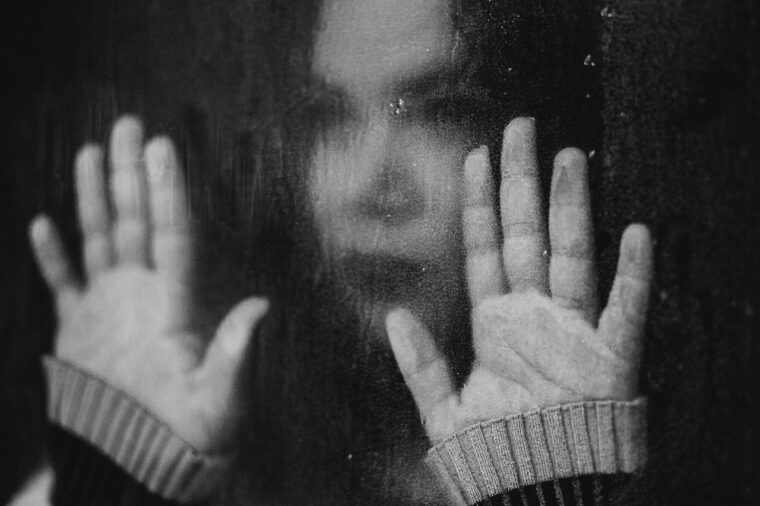According to the Anxiety and Depression Association of America, Social anxiety disorder, also called Social phobia, is intense anxiety or fear of being judged, negatively evaluated, or rejected in a social or performance situation.
With Social anxiety it’s not that people with this condition like to be isolated.
The thought of performing well around others can give us such an intense physical and emotional reaction that we just have to forgo it all together to try to stay calm.
Introversion or shyness may be mistaken as social anxiety, but these characteristics are slightly different from one another.
Social Anxiety
- Diagnosed as a mental illness
- Having the fear that social interactions will result in humiliation causing shame and inadequacy
- Rapid heart rate, trembling, sweating, muscle tension, blushing and nausea are common symptoms of social anxiety.
- Social anxiety disorders not only limit social opportunities, but they also can interfere with how we function in daily life.
Introversion
- Personality/Character Trait
- Introverts feel more comfortable alone.
- Once introverts become over-stimulated, they will show symptoms of being fatigued, irritable, having headaches, flight/fight response, and hypersensitivity.
- Introverts can still function in social settings. They just need personal time to recharge their batteries after prolonged interactions.
Shyness
- Personality/Character Trait
- Shy people feel uncomfortable around new people or people they don’t know well.
- Shy individuals display traits of awkwardness, self-consciousness, nervousness, being timid, or feeling insecure in new social environments.
- Being shy is a response and does not affect the individual other than that they feel a little self-conscious around new people.
Those who are shy can still place themselves in social settings.
They just feel timid when trying to strike a conversation with strangers or may feel awkward when there is prolonged silence between them and another person during conversation.
The intensity of social anxiety can vary from person to person.
Since social anxiety is a medical condition, the only way to really know for sure if you have social anxiety is to seek the help of a medical professional.
A proper diagnosis can help you understand the intensity of your social anxiety and the proper treatments that will help you.
Being comfortable to adapt to different types of social situations is a skill that can be learned.
All skills start with self-awareness, what are your own strength and or weaknesses of the skills you are trying to learn?
In all cases, we want to turn our weaknesses into opportunities to be explored and to help us to grow.
Remember learning is a journey that never stops.
Changes take time, to learn and to incorporate into a whole new lifestyle.
The point is we need to be patient with ourselves if we don’t get it right the first few times.
We need to try and not give up on ourselves too easily.
Strategies that help you become better a socializing
1. Self-esteem and Confidence.
Nobody is born with self-esteem and confidence. They must be built within us. It doesn’t matter what the world thinks, it matters what you think about yourself. Who dares you tell anything once you learn to love yourself? Learn to love yourself and to think highly of yourself relentlessly.
2. Calm the mind.
Our minds can be our worst enemy at times. Social fears start in the mind as thoughts once those negative thoughts of self-doubt and inadequacy roll in are prepared to challenge them and take them on. We all get some small, nagging thoughts about ourselves from time to time, but we mustn’t let them fester and grow into something that can consume us.
3. Small steps will turn into leaps before you know it.
Sometimes we fear anticipated outcomes that might not even happen.
Start with the small things. You will know if you are doing this right as it should make you feel slightly uncomfortable.
Example: If you order food online or have it delivered to you because it is socially more comfortable for you. You can simply start doing a call-in order by phone than going inside to pick up your food.
Once you progress you can try ordering in front of a live person and maybe even attempting dine-in once you received your order.
These small tasks should be slightly challenging, but not to the point where it is creating server anguish.
Start where you can, as you accomplish each task pat yourself on the back then keeps challenging yourself. You can do this!
4. Breath and relax.
Relax yourself by learning breathing techniques for when you start to feel tense and anxious. Steady full breaths in the nose and out the mouth will regulate your body and calm tensing muscles. Plus it helps take the focus off the triggers and place that focus back onto you.




